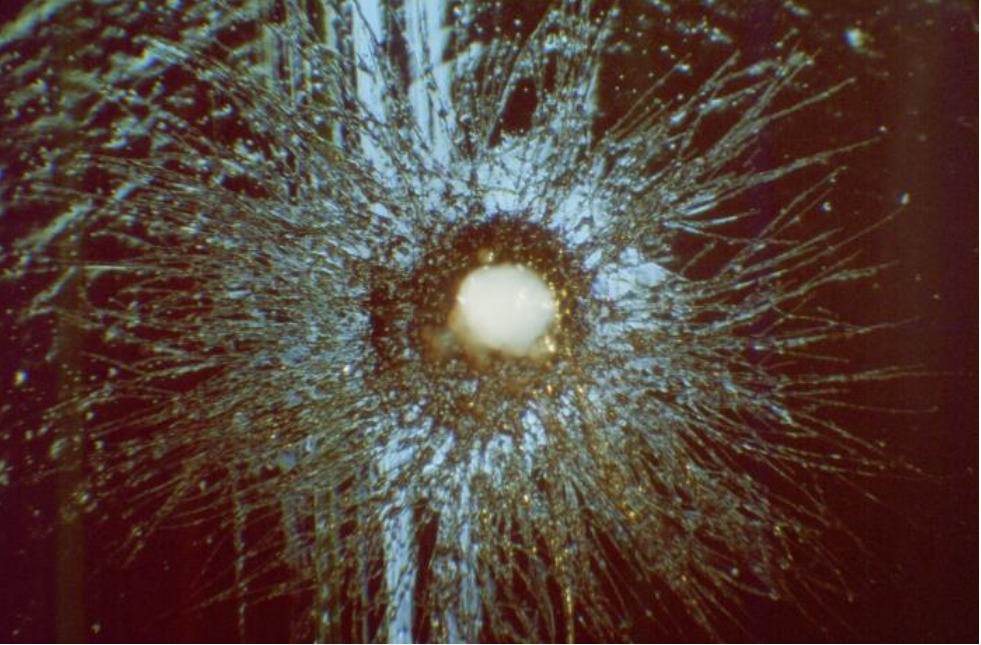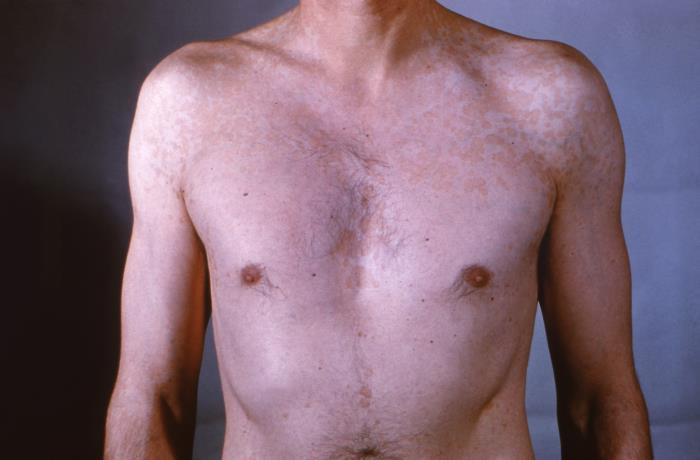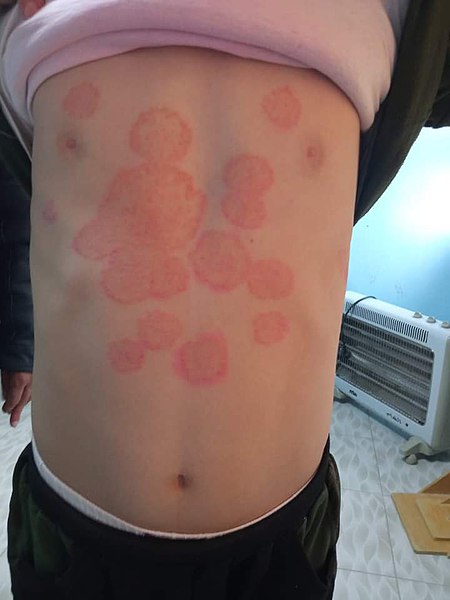Playlist
Show Playlist
Hide Playlist
Quick Review: Fungal Skin Infections
-
Slides Fungal Skin Infections.pdf
-
Reference List Dermatology.pdf
-
Download Lecture Overview
00:01 Okay, now let's do a quick review. 00:04 Again, I'll ask a question, feel free to pause the screen and unpause it when you're ready to hear the answer. 00:10 Which pairing below is correct? Alright, impetigo and cradle cap? No. 00:23 Cradle cap is what we should think of when we hear about seborrheic dermatitis in children. 00:28 Pityriasis rosea and malassezia globosa? No, Remember pityriasis rosea is actually an idiopathic condition potentially associated with a virus but not with a fungus. 00:41 Candida and 'satellite lesions'? Yes. 00:44 That's the one where you can have these beefy-red lesions and then these scattered lesions that are detached away from a confluent area, those are called satellite lesions So I think that's gonna end up being our final diagnosis here. 00:56 Tine corporis and 'greasy-looking'? Nope. 00:59 Greasy-looking should make you think about seborrheic dermatitis. 01:03 And lastly, tinea versicolor and a 'herald patch' A herald patch is one of the things that goes along with pityriasis rosea, that precedes the appearance of the 'christmas tree' So, our diagnosis is number 3. 01:19 Next question, which of the following would have a negative KOH prep? Alright, so the real question here is, which of these is not caused by a fungus? Candida is, tinea is, pityriasis versicolor-it is, onychomycosis is, vitiligo - an autoimmune condition which will not have a positive KOH prep. 01:48 Final diagnosis, number 5. 01:52 And with that, i think we're done with fungi.
About the Lecture
The lecture Quick Review: Fungal Skin Infections by Stephen Holt, MD, MS is from the course Skin Infections.
Included Quiz Questions
Which of the following statements is correct?
- Greasy-looking skin lesions are suggestive of seborrheic dermatitis.
- Vitiligo is considered a fungal infection.
- A herald patch is considered a feature of tinea cruris.
- Lesions of candida intertrigo are distributed over the body in a Christmas tree pattern.
- Tinea versicolor is associated with herpes simplex virus 8.
Customer reviews
5,0 of 5 stars
| 5 Stars |
|
5 |
| 4 Stars |
|
0 |
| 3 Stars |
|
0 |
| 2 Stars |
|
0 |
| 1 Star |
|
0 |






